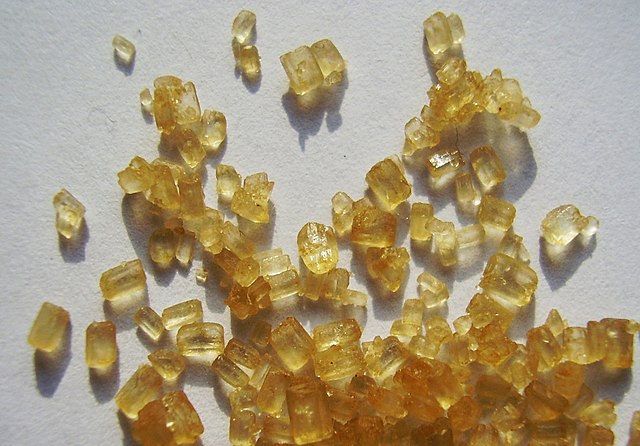The Philippines will export 66,000 tonnes of raw sugar to the United States before April 2025 to siphon off domestic glut.
According to the Sugar Regulatory Administration (SRA), the shipments will help stabilize fluctuating domestic prices.
Although the American import price is 1,000 pesos ($17.26) below the local 50 kg wholesale price, shipments will still happen.
The cheap sale underpins two facts, namely that raw sugar does not store well due to moisture, and global prices are still low.
Regarding quality, the Philippines got a 10% penalty for its delayed September 2024 raw sugar dispatch into the U.S., which arrived discolored.
For this reason, SRA has vowed to deliver its newest batch in two ships, each carrying 33,000 tonnes. The shipments will happen immediately after milling in March to avert longterm storage discoloration.
The sugar giant can afford to ship off fresh supplies for it is currently midway through the January-March milling season.
Export Price Question
Regarding the meager export price, the PH is not alone as the world is experiencing a 5-year price low.
Notably, the benchmark sugar #5 (white sugar) in London was down 0.98% to $554 a tonne on February 25, 2025.
Furthermore, the Philippines boasts a yearly sugar export quota to the U.S. at 143,000 tonnes, which sometimes benefits from strong price.
SRA’s Administrator/CEO Pablo Luis Azcona adds that his country often exceeds production and “does not want to lose” the quota.
Farm-gate Sugarcane Fluctuating but Retail Sugar Stable
The ongoing milling period has seen cane farmers face price fluctuations despite overall ex-mill sugar prices remaining manageable.
At end 2023-24 season in August 2024, farm-gate prices of sugarcane shuffled between 16 and 28 pesos ($0.28-48) per kg.
Wholesale sugar meanwhile was still selling well in January 2025 at 2,600 pesos ($44.88) per 50 kg. This was up by 200 pesos ($3.45) from the late December 2024 price.
Retail prices of sugar also stayed resilient at 80 pesos ($1.38) a kg despite varying farm-gate sugarcane rates.
Producer prices could however finally stabilize when the government removes 300,000 tonnes of sugar from the domestic market.
The state sugar purchase methodology for export is that of first-come-first serve. Buyers under the government’s license buy sugar at a premium from farmers in exchange of future import slot guarantees. But as the statistics below show, exports in the PH only occur after domestic self-sufficiency.
Philippines Sugar Statistics
Sugar is a leading agricultural product in the Philippines, for 17 provinces grow cane. Negros province in the Western Visayas region represents over 50% of this supply. The country is no longer a major exporter, for most reserves stay at home with the surplus bound for the United States. Raw cane and beet sugar production hovers around 1.9 to 2 million tonnes per year. In 2023, the exact figure was 1,995,041 tonnes, according to FAOSTAT.
Which is the main raw material of sugar in the Philippines?
Sugar cane is the exclusive raw material for sugar in the PH. 2023 production was at 21,650,097 tonnes, a drop from 2022’s 23,455,404 tonnes, according to FAOSTAT. The decline in volume was as opposed to rising acreage at 409,051 hectares (ha) in 2023 versus 401,390 ha in 2022.
How high is sugar consumption?
The Philippines consumes almost, and sometimes more than, the sugar it produces. For instance in the 2021-22 period, consumption was at 2,000,000 tonnes versus production at 2,101,000 tonnes. The per capita consumption rate has also risen from 11.4 kg in 1962 to 26.6 kg per person per year in 1996. The 2021 rate was at 19.4 kg per person per year, the 104th highest among 165 nations, according to the Helgi Library.
